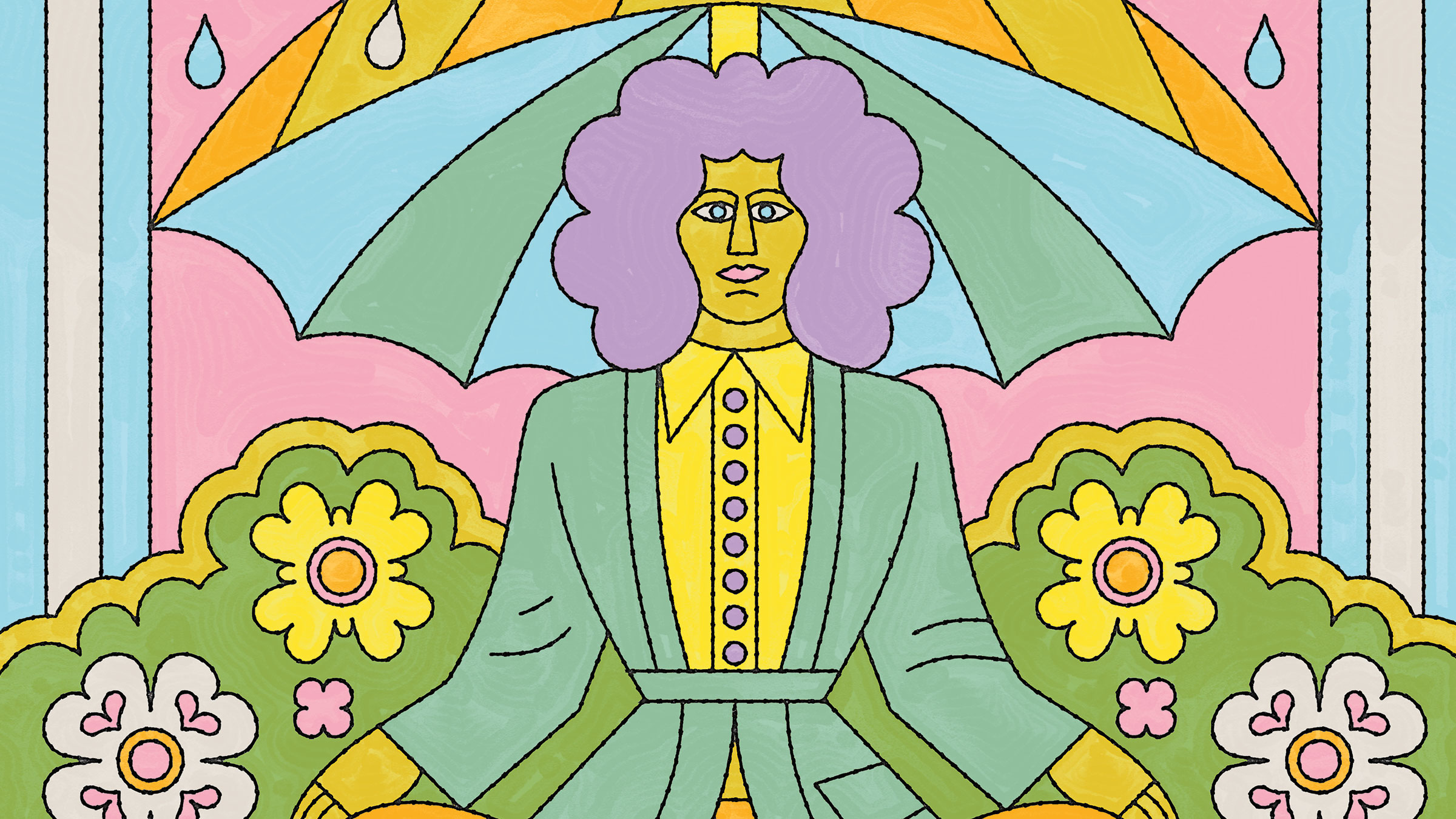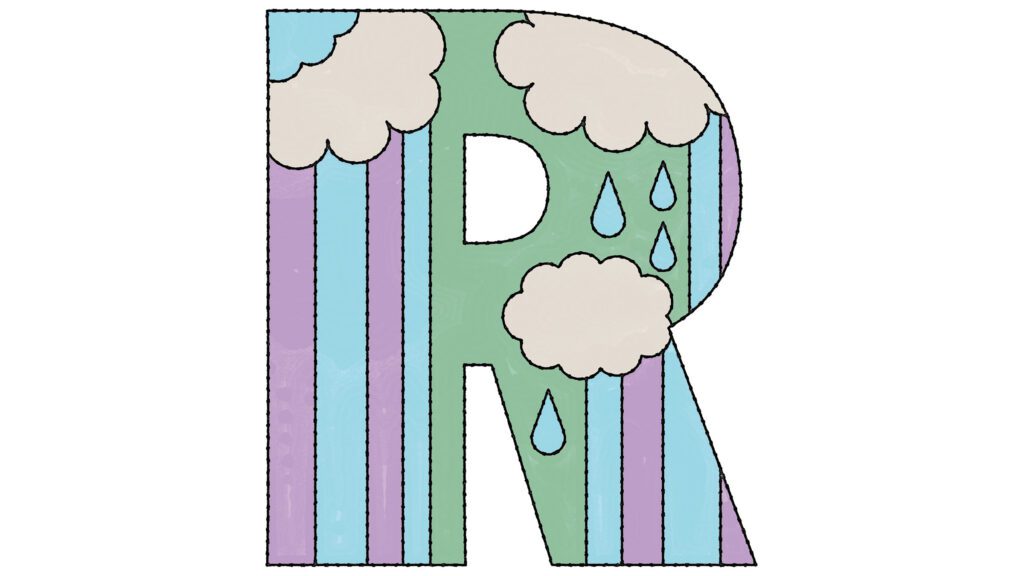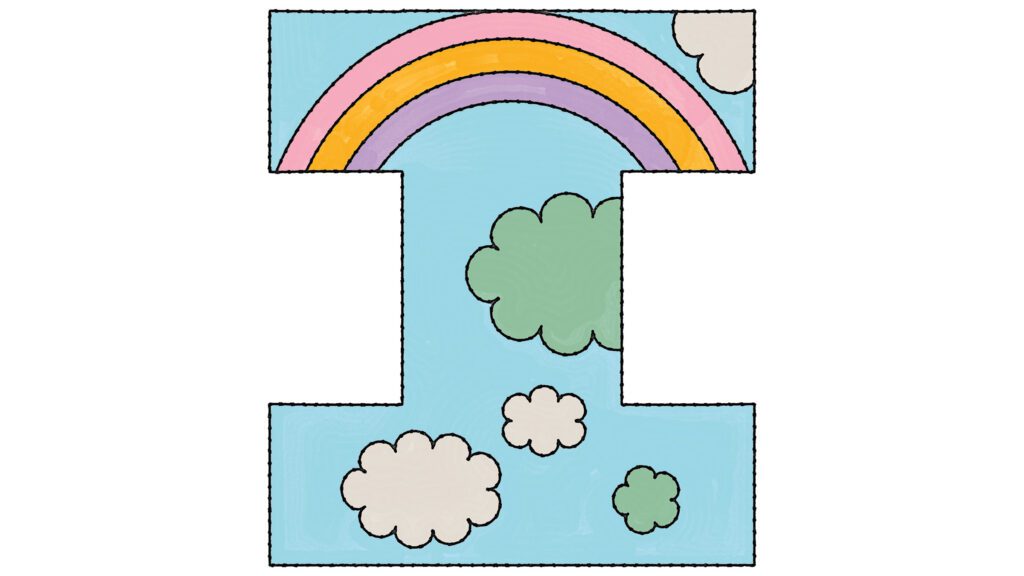How to Practice RAIN Meditation for Anxiety
RAIN helps us cultivate awareness, self-compassion, and resilience. Instructions by Gullu Singh. The post How to Practice RAIN Meditation for Anxiety appeared first on Lion’s Roar.

In our modern world, where stress and anxiety often feel like constant companions, RAIN meditation stands out as a simple yet powerful tool for cultivating emotional resilience. Developed by Michele McDonald and popularized by Tara Brach, RAIN is an acronym representing four steps in meditation practice: recognize, allow, investigate, and nonidentification (or nurture). The RAIN meditation method can be applied to any experience, but it’s particularly useful for working with difficult emotions like anxiety.

1. Recognize
The first step in the RAIN process is to recognize what’s happening. Recognizing the present moment might seem simple, but anxiety has a way of hijacking our attention and flooding us with a deluge of thoughts and fears. Imagine that you’re at home watching a movie, completely absorbed in the story and feeling the emotions of the characters and plot. Then someone knocks on the door. The movie is still going, but you’re no longer enmeshed in it. The spell is broken. The recognition that comes with mindfulness allows us step out of our entanglement with anxiety. We take a step back from being in the midst of the experience to become aware that the experience is happening. This creates a small but meaningful distance between ourselves and the emotion, which is the first step toward greater emotional freedom.
Recognition is not about trying to change or fix anything; it’s simply about becoming aware. Without clear awareness, we’re vulnerable to habituated, unhelpful coping strategies such as distraction, busyness, or unhealthy self-soothing with media, food, or other substances, which may provide temporary relief but do not address the root cause of our distress, leaving us trapped in a cycle of avoidance and suffering.
Without awareness, we may not even know what’s wrong other than a vague sense of unease that’s hard to pin down. You wouldn’t try to fix a car engine without looking at it and identifying the problem. Similarly, if we want to change our experience, identifying the difficult emotion is crucial.

2. Allow the Experience
Allowing means softening and opening to the experience of anxiety, just as it is. We might hear the gentle instruction, “Let it be.” This acceptance doesn’t mean we approve of or enjoy the feeling; it’s just acknowledging that it is true in this moment. This isn’t about resignation, but rather a wise recognition that resisting difficult emotions only amplifies their intensity. Often the most painful part of anxiety is when we want it to go away, yet it persists. It’s like trying to push against a wave; the pressure only builds. So, instead, we allow the wave to flow, observing its currents with patient awareness.
Allowing is recognizing that, as human beings, we’re bound to encounter a wide range of emotions, and that these emotions are part of the full spectrum of human experience. By allowing the emotion to be there for the moment and not struggling with it, it becomes easier to manage.

3. Investigate
Once we’ve recognized and relaxed our resistance to anxiety, the next step is to investigate. This involves looking more deeply into and deconstructing the experience with a sense of curiosity and openness.
The triangle of awareness is a useful framework for investigation. The triangle of awareness refers to the three components of any experience: thoughts, emotions, and physical sensations. By examining the experience of anxiety from these three perspectives, we deconstruct anxiety in a way that makes the discomfort more tolerable and the overall experience more manageable.
Beginning with thoughts, we notice the story that plays in the mind when anxiety is present. This story might be one in which we’re imagining the worst possible outcome in some situation. It could be a story of over-responsibility or self-blame or about how we “should” be or what we “should” have done. It could be a story filled with fear or dread. Whatever it is, we just get a sense of the story without getting bogged down or over-intellectualizing.
Next, notice if there are other recognizable emotions in the midst of anxiety. Fear, anger, guilt, shame, frustration, loneliness, and many other emotions often coexist with and exacerbate the feeling of anxiety. Again, allow these emotions to be here and allow yourself to feel them, as best as you are able.
Finally, focus on feeling the physical sensations associated with anxiety. The physical sensations of anxiety might include a tight chest, a racing heart, a knot in the stomach, a feeling of being too hot or too cold, tension in various parts of the body, vibration, pulsation, etc. While continuing to allow them, connect with these sensations, feel them, and become intimate with them. Notice where each experience resides in the body. Does it have a shape? What’s the texture or flavor of this experience? Is it solid and static, or is it changing? Where in the body does it feel difficult or unpleasant or painful? We can think of this curious exploration as data gathering.
When we practice resting in the felt sense of anxiety, allowing it to be just as it is, a remarkable transformation occurs over time. The familiar discomfort of anxiety loses some of its sting. We realize that anxiety, like any other sensation, is impermanent. It rises and falls, and we can tolerate it. In this acceptance, there’s a profound sense of freedom.

4. Nonidentification or Nurture
The final step in the RAIN process is nonidentification—not identifying with anxiety. This doesn’t mean denying it or pretending it doesn’t exist; it means realizing that anxiety is not who we are, but rather just something we experience.
This shift in perspective often reveals itself in our language. Instead of saying, “I’m anxious,” we might observe, “I’m aware of anxiety.” This subtle change signifies a profound transformation in our consciousness. We begin to recognize that the awareness observing the anxiety is not itself anxious. This awareness is vast, tranquil, and unmoved by the fleeting tempests of emotion.
Although, as it was originally conceived, the “N” in RAIN stands for nonidentification, some have suggested that it can also stand for nurture. After we have recognized, allowed, and investigated our experience, we can offer ourselves some kindness and compassion. This nurturing might take the form of placing a hand on our heart, offering ourselves a gentle word of encouragement, or simply acknowledging that this is a difficult moment and that it’s okay to feel this way. Nurturing helps to soften the experience and bring a sense of warmth and care to our practice. It’s a reminder that mindfulness isn’t just about observing our experience, but also about relating to it with compassion. This compassionate stance can transform our relationship with difficult emotions, making them less threatening and more approachable.
The beauty of RAIN lies in its accessibility—it’s a tool you can use anytime, anyplace, and in any challenging situation. The more you practice, the more it becomes an instinctive response that transforms your relationship with anxiety and other difficult emotions. They cease to be overwhelming adversaries and instead become opportunities for growth, self-discovery, and even liberation. The gift of RAIN is not the elimination of life’s challenges, but the cultivation of ways to meet them with greater ease and grace.

Gullu Singh is an authorized teacher of Mindfulness-Based Stress Reduction. A corporate attorney for thirty years, he offers mindfulness training in law firms and other businesses and mindfulness mentoring to individual practitioners.

 Tekef
Tekef 
































